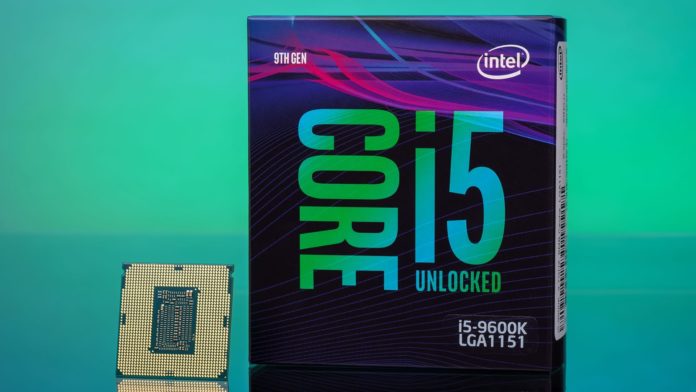
This year has been full of innovations in the PC space, especially from AMD. The company launched the first 7nm CPUs based on the Zen 2 design and the Navi 10 GPU lineup also fabbed on TSMC’s 7nm node. NVIDIA managed to make their RTX cards a lot more appealing while also launching the GTX 16 series cards for those not interested in ray-tracing just yet while Intel also launched the first wave of 10nm Ice Lake mobile chips after what seemed like forever. However, somehow for the fifth year in a row, most of their chips were once again based on the 14nm Skylake core architecture. From the look of things, that’ll continue for another couple of years at the very least in the volume segment. The Comet Lake-S parts set to succeed the present 9th Gen lineup will also use the same node, with some minor changes with regard to the clocks and threads.

Intel is planning to change the socket as well for the Comet lake chips with the new LGA1200 rumored to succeed the LGA1151. Furthermore, we’ll be seeing the 400 series chipsets alongside this new socket for the fifth consecutive generation of consumer CPUs based on the 14nm node. As for the CPUs themselves, early leaks suggest that we’ll be seeing hyperthreading enabled across the board, higher frequencies, more L3 cache for better gaming performance and in case of the top-end i9-10900K a higher core count as well.

The CPU in question is an i5 (either the 10400 or the 10600K) with six cores and 12Mb of L3 cache. The base clock is 3.5GHz while the boost is a mild 4.1GHz. Keep in mind that this is probably an engineering sample, so the final product will probably have higher clocks. Intel’s position isn’t as bad as most people make it out to be. The 9th Gen lineup is competitive, just not at the present pricing. If the company manages to squeeze out some more performance out of the 14nm node (perhaps with more cores) without increasing the market prices, then they should be viable at least for gamers.

